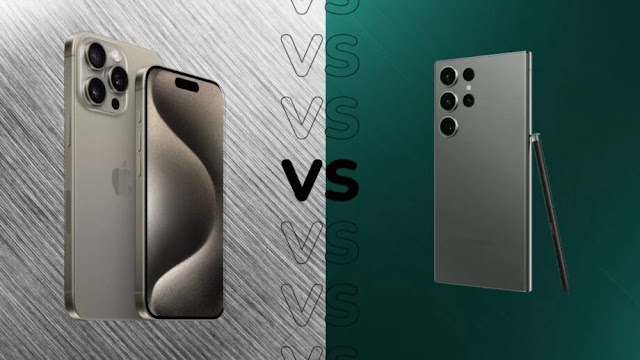The long-running texting rivalry between iOS and Android may have finally found a resolution with recent updates in both platforms, particularly thanks to the introduction of support for the RCS (Rich Communication Services) messaging standard in Apple’s iOS 18. This move by Apple has significantly enhanced the cross-platform texting experience, bringing iPhone and Android users closer together in terms of functionality and performance. Prior to this update, users on both platforms often faced challenges when trying to communicate seamlessly across the two ecosystems, especially when it came to features like read receipts, high-resolution media sharing, and the ability to react to messages.
With iOS 18, Apple took a significant step forward by incorporating the RCS messaging standard, which brought with it key features that had previously been limited to specific platforms or services. One of the most notable improvements is the ability to send and receive delivery and read receipts, which helps users know when their messages have been sent and seen, adding a layer of transparency to communication. Additionally, iOS 18 now supports high-resolution images and videos being sent between iPhones and Android devices, a much-requested feature that ensures media sent between the two platforms looks just as good as it does on each respective device. Furthermore, some encryption capabilities have been added to messages, making communication more secure, which is particularly important in an era where privacy is a growing concern. The ability to react to messages in group chats with different emojis was another key feature that helped streamline the user experience, especially in mixed group chats where either an Android user or an iPhone user might have been dragging the experience down with incompatible reactions.
Alongside the improvements for general messaging functionality, iOS 18 also introduced a change to the way Tapback reactions (quick emoji responses) are handled. In the past, Tapback reactions were limited to a small set of preset emoji responses—such as love, like, dislike, haha, exclamation, and question mark. However, in the latest update, iPhone users can now use any emoji for Tapbacks, giving them more freedom in how they respond to messages, making the feature feel more personal and versatile.
Before this update, there was an issue that often led to confusion and a less-than-ideal experience when Android users tried to react to messages from iPhone users with emojis. In those cases, the emoji reaction would appear on a separate line, alongside a textual description of the emoji, which detracted from the seamless nature of the communication. It was a quirk that highlighted the difficulties of cross-platform messaging. Fortunately, according to multiple reports, including one from The Verge, this issue has been resolved in iOS 18.1, with the emoji Tapback reactions now appearing as they should, both on iPhones and Android devices, ensuring that both types of users have a similar and cohesive experience when reacting to messages.
However, there is still some uncertainty about which platform or company is responsible for the adjustment that fixed the issue. Some experts have pointed out that the emoji reaction feature relies on RCS version 2.7, which wasn’t previously thought to be supported by Apple. This version of RCS also supports other features like message editing between iPhone and Android users, but those features aren’t yet available in the cross-platform messaging experience. As a result, the emoji reaction fix may have required Apple or Google to make an adjustment to ensure the system was working properly, but the details behind that are still unclear.
What matters most, though, is that the problem has been addressed, and the experience of reacting with emojis in group chats between iPhone and Android users is now functioning as intended. It’s a small but meaningful improvement that makes a big difference in terms of user experience. This change helps bring a little more harmony to cross-platform communication, making it easier and more enjoyable for users of both systems to interact without running into odd quirks or inconsistencies.
In conclusion, with iOS 18’s integration of RCS, the introduction of universal emoji reactions, and improvements to message delivery features, the messaging experience between iPhone and Android users has been elevated to a new level. While it’s unclear exactly who made the final adjustment to ensure emoji Tapbacks work properly, the fact remains that the update has made cross-platform group chats feel more cohesive and smooth than ever before, bringing these two major platforms closer together in terms of communication. For users who have struggled with the limitations of previous messaging systems, this update is a welcomed change, and it’s clear that both Apple and Android are working to ensure that texting on their devices becomes as seamless and feature-rich as possible.


